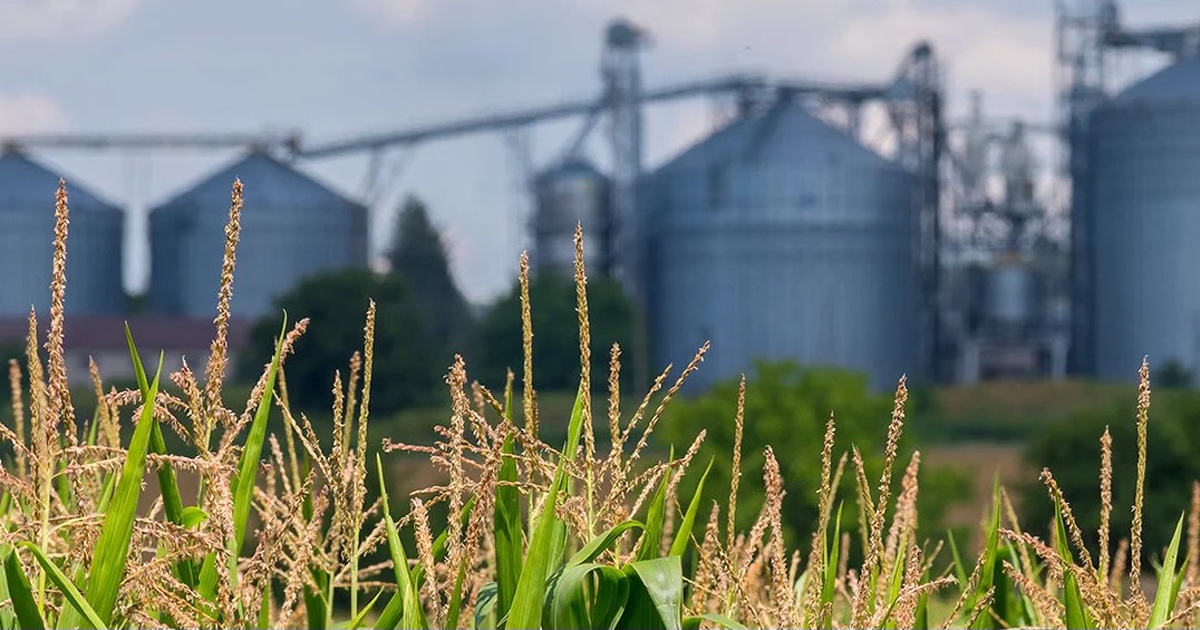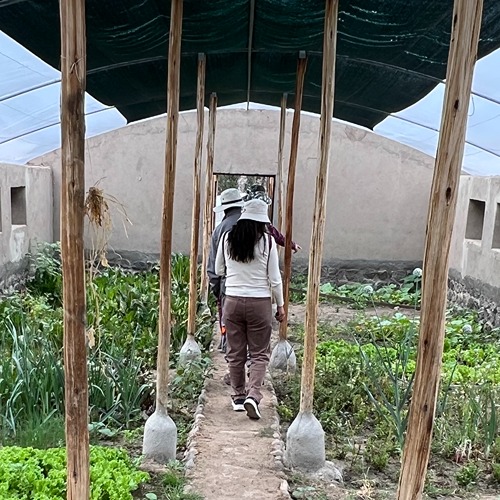Introducing the next generation of conservation technology at Purdue
For decades, students in the Department of Forestry and Natural Resources (FNR) have learned how to safely and humanely capture, handle, and track animals as part of ecological research. However, these efforts have historically been labor-intensive.
Tracking was originally done by placing a marker on an animal at first capture then trying to re-capture the same animal to gather data. The first technological improvement came when researchers could place radio-based transmitters on animals, allowing data to be recorded without re-capture. But even then, this method required researchers and students to spend hours in the field recording on hand-held receivers.
This inefficient technique will soon be left in the past. Through the hard work of FNR faculty and the support of the Office of Experiential Education, a game-changing technology is being introduced that will transform wildlife research on Purdue’s campus.
Towering Over Old Methods
Motus towers are used by a network of natural resources professionals collecting information about animals’ movement rates, home range sizes, and other informative metrics.
These towers—which can easily attach to existing radio towers or onto buildings and other structures—automatically detect the location of any animal marked with radio-based transmitters that pass within a nine-mile radius of a Motus tower. This technology allows researchers to locate marked animals both with existing hand-held transmitters and with new remote detection capabilities, significantly enhancing the quality and quantity of data collected.
By bringing more Motus towers to West Lafayette—specifically in FNR-managed areas like the Martell Forest, Purdue Wildlife Area, and Ross Reserve—students will gain access to a collaborative body of continent-wide data, expand their ability to design independent research studies, and practice skills central to their future careers.
A grant provided by the Office of Experiential Education will help fund the installation of a Motus tower at Purdue in the coming months. This addition, along with plans for future expansion, will allow FNR faculty to incorporate automated monitoring into their classroom curriculum and expand undergraduate research opportunities in the department.
John B. Dunning Jr., a professor in the Department of Forestry and Natural Resources, says this about the project: “With the establishment of Motus towers at Purdue, existing class projects using radio transmitters will be enhanced. We also envision that students will be inspired to start new research initiatives, a core piece of the transformative experience we want to provide in FNR.”
Building Up Experiential Education
This project was made possible by an Experiential Education Program Development Grant through the Office of Experiential Education, part of the university’s Transformative Education 2.0 initiative.
“We are so excited to fund this project,” shares Jennifer Dobbs-Oates, director of the Office of Experiential Education. “It will not only give Purdue students experience using state-of-the-art technology, but it will also allow them to be part of a network of wildlife scientists gathering tracking data from all over the country. This is a great example of how experiential education gives students the opportunity to make real contributions to their chosen fields while still in school.”
This was the first year for the Office of Experiential Education’s new annual grant program which allocates funds to support existing or new experiential education programs that serve Purdue undergraduate students.
If you are interested in learning more about these grant opportunities, please visit the Experiential Education website.






